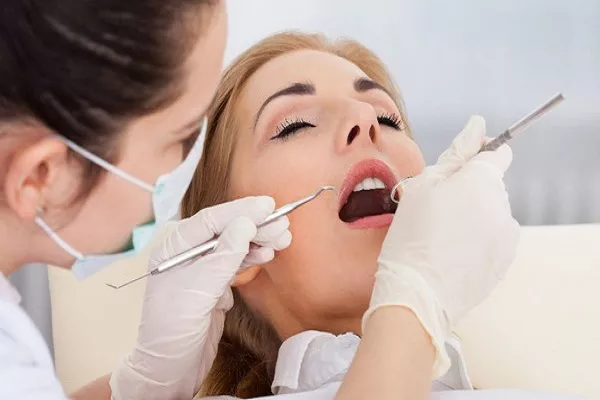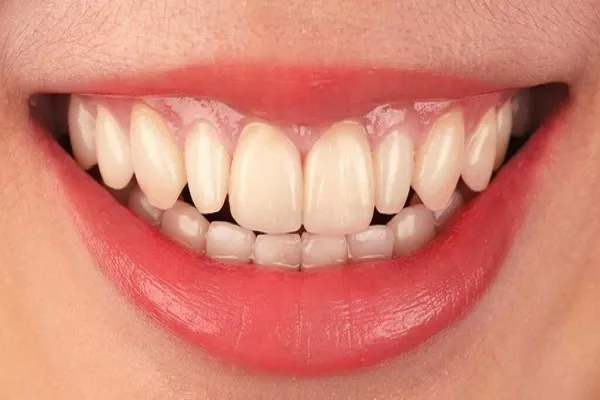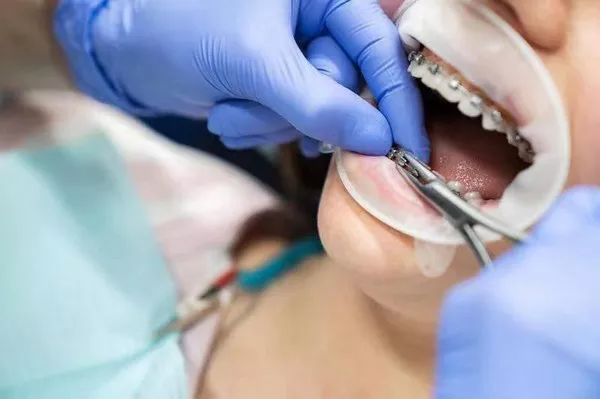A radiant smile is often associated with good oral health and confidence. However, many individuals find themselves facing the issue of only a few teeth turning yellow while the rest remain relatively white. This asymmetrical discoloration can be concerning and may lead to questions about its causes and potential remedies. In this article, we will explore the common reasons why only certain teeth may turn yellow, the factors involved, and possible solutions to achieve a more uniform smile.
Understanding the Factors Behind Uneven Tooth Discoloration
To comprehend why only specific teeth may become discolored, it’s essential to consider the various factors that can contribute to tooth staining:
Dietary Habits: Consuming foods and beverages with strong pigments, such as coffee, tea, red wine, and berries, can lead to surface stains on teeth. These stains are more likely to affect the front teeth since they are more exposed to staining agents during consumption.
Smoking and Tobacco Use: Tobacco products, whether smoked or smokeless, contain chemicals that can cause severe tooth discoloration. Smokers often experience more pronounced staining on the teeth they use to hold cigarettes or tobacco.
Poor Oral Hygiene: Inadequate brushing and flossing can result in plaque and tartar buildup, leading to yellowing or discoloration of teeth. This buildup tends to affect areas that are less accessible during routine cleaning, such as between teeth or near the gumline.
Dental Health Issues: Certain dental problems like cavities, enamel erosion, or dental restorations (e.g., fillings or crowns) can cause localized discoloration of specific teeth.
Medications: Some medications, especially tetracycline antibiotics when taken during tooth development, can lead to permanent tooth staining. This staining typically affects developing teeth at the time of medication use.
Genetics: Genetics play a role in determining the natural color of teeth. Some individuals may have naturally darker or more yellowish teeth due to their genetic makeup.
Trauma: Dental injuries or trauma can disrupt enamel formation, leading to localized discoloration in the affected teeth.
Common Scenarios of Uneven Tooth Discoloration
Now, let’s explore specific scenarios where only a few teeth may turn yellow:
Stains from Foods and Drinks: If you frequently consume beverages like coffee or red wine, or foods known to stain teeth, you may notice that primarily your front teeth are affected. These are the teeth most exposed to staining agents during consumption.
Tobacco Use: Smokers or individuals who use tobacco products may observe yellowing of the teeth they use to hold cigarettes or chew tobacco. This often includes the front teeth and those on one side of the mouth.
Poor Oral Hygiene Habits: Inconsistent or inadequate oral hygiene practices may result in plaque and tartar buildup, which can lead to localized discoloration of specific teeth.
Dental Restorations: Teeth with dental fillings or crowns may appear different in color from adjacent natural teeth. This discrepancy can be especially noticeable if the restorations were placed to address previous dental issues or damage.
Genetic Factors: Some individuals may naturally have varying tooth coloration due to genetics, which can result in certain teeth appearing more yellow than others.
Addressing Uneven Tooth Discoloration
If only a few teeth are turning yellow and it is causing cosmetic concerns, there are several options to address the issue:
Professional Teeth Whitening: Consider professional teeth whitening treatments, which can target specific teeth or the entire smile. This is effective for surface stains caused by food, drinks, or smoking.
Dental Veneers: Dental veneers are thin shells made of porcelain or composite that can be bonded to the front of specific teeth to improve their appearance. They are an excellent option for addressing localized discoloration.
Dental Crowns: Crowns can be used to cover and enhance the appearance of individual teeth that have severe discoloration, dental restorations, or structural issues.
Improved Oral Hygiene: Maintaining a consistent and thorough oral hygiene routine, including brushing, flossing, and regular dental check-ups, can prevent further discoloration.
Lifestyle Changes: If dietary habits or tobacco use are contributing to the issue, consider making healthier choices to prevent future staining.
Consultation with a Dentist: Consult with a dentist to determine the cause of the discoloration and explore treatment options tailored to your specific situation.
Conclusion
Uneven tooth discoloration, where only a few teeth turn yellow, can result from various factors, including dietary habits, tobacco use, poor oral hygiene, dental restorations, genetics, and trauma. Understanding the cause is essential in determining the most appropriate treatment or cosmetic enhancement. By consulting with a dentist and exploring the available options, you can achieve a more uniform and aesthetically pleasing smile while addressing the underlying causes of discoloration.
Related Topics:































